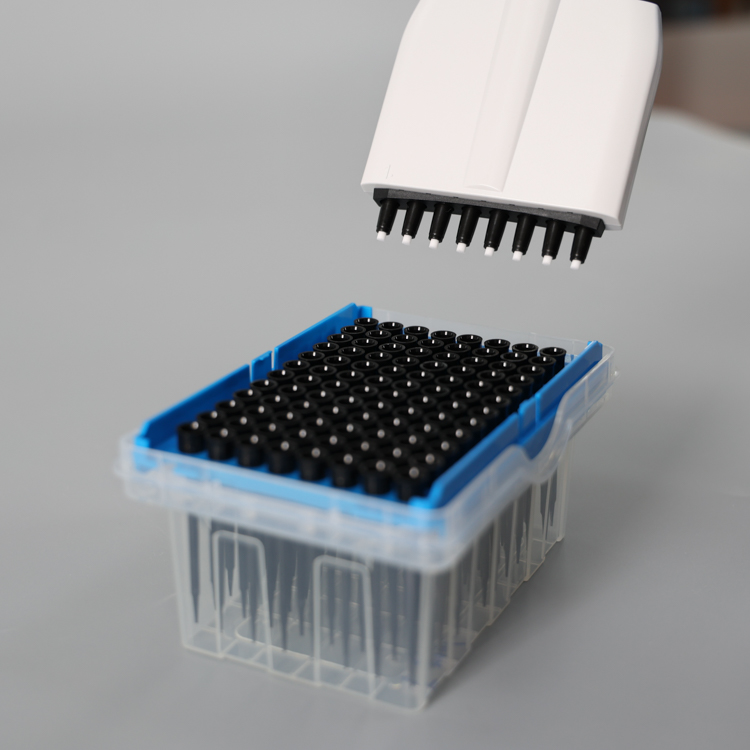Nitrogen deficiency
The plants are thin, the branches are slender and hard, and the leaves are small. The color of the leaves from the old leaves to the new leaves is dark and faint, followed by reddish purple until the yellow leaves fall off. In severe cases, the whole plant loses green.
The control method is to increase the application of decomposed human excrement, cake fertilizer, manure or ammonium sulfate, urea, ammonium nitrate and other fertilizers.
Phosphorus deficiency
Phosphorus deficiency
The leaves turn from dark green to copper, and the veins (especially the petiole) are yellowish and purple. Flower bud formation is difficult, flowering is small and less, and the color is light, resulting in poor fruit development, even withered and withered early.
The method of prevention and treatment adds bone powder, fish meal, poultry fertilizer or superphosphate, ammonium phosphate and potassium phosphate (for phosphorus and potassium compound fertilizer), and generally uses 0.10% aqueous solution as root dressing.
Potassium deficiency
Potassium deficiency
The plants are short and the stems are soft and easy to fall. The leaves often shrink, and the old leaves appear dark brown spots along the leaves along the leaves, yellowing around the leaves, while the central and leaf veins are still green.
The control method is to increase the application of plant ash, 1%-2% potassium chloride aqueous solution (ball root and root flower avoidance), 0.30%-0.50% potassium nitrate aqueous solution for root dressing, and inorganic fertilizer such as potassium phosphate.
Calcium deficiency
Calcium deficiency
The young leaves are green and shrinking, the leaves are covered with white streaks, the flowers are blocked, and the new leaves are difficult to spread or twisted.
Prevention and treatment method In the first half of the sowing or the upper pot, the appropriate amount of calcium chloride in the soil can play the role of calcium and disinfection (his acid flower is not allowed), and calcium nitrate can also be used as top dressing.
Magnesium deficiency
Magnesium deficiency
Plant growth is not strong. From the bottom to the top, the old leaves gradually lose green and white from the leaf edge to the center, and various spots appear on the veins, and finally the whole leaves turn yellow.
The control method is continuously sprayed 3-4 times with 0.20%-0.40% aqueous magnesium sulfate solution, each interval of 7-10 days. The soil with severe magnesium deficiency is mixed with 5-10 kg of magnesium sulfate per acre and mixed into the base fertilizer in autumn or winter.
Sulfur deficiency
Sulfur deficiency
The young leaves begin to yellow from the veins, and finally until the whole leaves are yellow, the roots are not normal.
Iron deficiency
Iron deficiency
From young leaves to old leaves yellow.
The method for controlling sulfur deficiency and iron deficiency can be sprayed with 0.30% aqueous solution of ferrous sulfate for 3 consecutive times, each time being separated by 1 week, and the mist point needs to be fine and uniform during spraying. At the same time, 0.20% urea iron aqueous solution can be used for root dressing.
Total 1 | <First <Prev 1 Next> Last> |
share to:
Compared with single-channel pipettes, multi-channel pipettes simplify all the tasks associated with microtiter plates that often occur in immunology, biochemistry, clinical diagnosis and food analysis. Multi-channel pipettes generally have 8 and 12 heads. The gun body can be rotated at 360°C, and each part can be disassembled and repaired separately. The lower half can be sterilized at 121°C. The dimpled housing ensures a firmer grip for the operator. Can be quickly calibrated.

how to use multi channel pipette,best multi channel pipette,multi channel pipette for 384 well plate
Yong Yue Medical Technology(Kunshan) Co.,Ltd , https://www.yonyuemedical.com